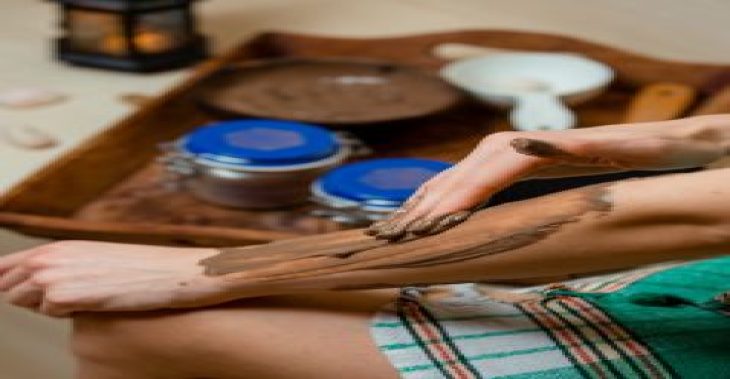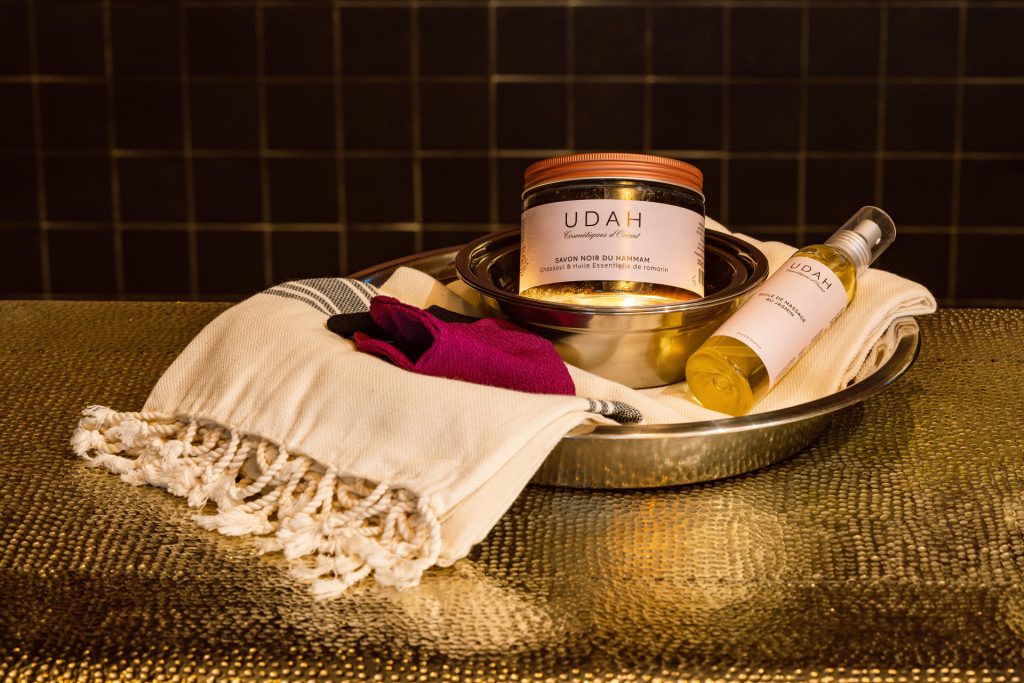
HENNA: Exploring the Ancient Art of Natural Body Decoration
HENNA: Exploring the Ancient Art of Natural Body Decoration
Introduction
In recent years, there has been a resurgence of interest in henna, an ancient form of natural body decoration. Henna, also known as mehndi, is derived from the leaves of the henna plant (Lawsonia inermis) and has been used for centuries in various cultures around the world. This article delves into the rich history, cultural significance, application techniques, and modern trends surrounding henna, offering a comprehensive exploration of this captivating art form.
Key Takeaways
- Henna, derived from the leaves of the henna plant, has a long and fascinating history that spans across different cultures and civilizations.
- Henna holds deep cultural significance and is often used during celebrations, rituals, and special occasions to symbolize blessings, joy, and good fortune.
- The application of henna involves creating temporary designs on the skin using a paste made from dried henna leaves, and the resulting stain can last for one to three weeks.
- Henna offers not only artistic appeal but also various health benefits, including natural antifungal and antibacterial properties, as well as conditioning effects on hair.
- Modern trends have seen henna evolve with contemporary designs, and henna tattoos have become a popular form of temporary body art for people of all ages.
The Origins of Henna
Henna has a fascinating history that dates back thousands of years. Its origins can be traced to ancient civilizations in the Middle East, North Africa, and the Indian subcontinent. The earliest evidence of henna usage dates back to ancient Egypt, where henna was not only used for body adornment but also had medicinal and cosmetic purposes. Over time, henna spread to different cultures, each adding their unique customs and designs.
Cultural Significance
Henna holds deep cultural significance in many societies. It is commonly associated with celebrations, rituals, and special occasions. In Indian weddings, for example, henna plays a central role in the Mehndi ceremony, where intricate designs are applied to the hands and feet of the bride. Henna is also used during festivals and religious celebrations, symbolizing blessings, joy, and good fortune. The designs often incorporate traditional motifs, such as flowers, paisleys, and intricate patterns, which vary across different regions.
Henna Application Techniques
The application of henna involves creating temporary designs on the skin using a paste made from dried henna leaves. The process begins with the preparation of the henna paste, which is typically a mixture of henna powder, lemon juice, sugar, and essential oils. The paste is then applied to the skin using cones or brushes, allowing the dye to stain the top layer. After the paste dries, it is gently removed, revealing the reddish-brown stain beneath. The color intensifies over the next 24 to 48 hours, and the design gradually fades away as the skin naturally exfoliates.
Health Benefits and Natural Remedies
Beyond its artistic appeal, henna offers various health benefits and is used in traditional medicine. Henna possesses natural antifungal and antibacterial properties, making it useful for treating skin conditions like fungal infections and wounds. It is also believed to have cooling properties, providing relief from headaches and fever when applied to the forehead. Additionally, henna is known for its natural hair conditioning properties and is often used as a hair treatment, promoting luster and strength.
Modern Trends and Innovations
While henna has deep roots in tradition, it has also evolved with modern influences. Today, henna artists experiment with contemporary designs, incorporating elements such as geometric patterns, calligraphy, and even portraits. Henna tattoos have gained popularity as temporary body art for people of all ages, often seen at music festivals, cultural events, or as a form of self-expression. Social media platforms have provided a platform for henna enthusiasts to share their creativity, inspiring new trends and innovative techniques.

Precautions and Considerations
While henna is generally safe for most individuals, there are some precautions to keep in mind. It is essential to ensure the henna paste used does not contain harmful additives or chemicals that can cause skin reactions. Individuals with sensitive skin or allergies should perform a patch test before applying henna to larger areas of the body. Pregnant women are advised to consult with their healthcare provider before using henna due to potential risks. It is also crucial to obtain henna from reputable sources to ensure its quality and purity.
Exploring the World of Henna
To delve deeper into the world of henna, numerous online resources offer a wealth of information, inspiration, and tutorials. Websites such as HennaGuru and The Henna Page provide a comprehensive guide to henna application techniques, designs, and cultural significance. Social media platforms like Instagram and Pinterest are also treasure troves of henna artistry, allowing you to discover talented artists and explore the latest trends in henna design.
Frequently Asked Questions (FAQ) about Henna
1. How long does henna stain last?
The duration of a henna stain varies depending on several factors. Generally, a henna stain can last anywhere from one to three weeks. However, the intensity and longevity of the stain depend on factors such as the quality of the henna paste, the specific body location where it is applied, and individual skin characteristics. Areas with thicker skin, like the palms of the hands and soles of the feet, tend to retain the stain longer than areas with thinner skin. Additionally, proper aftercare plays a crucial role in prolonging the stain. Avoiding frequent exposure to water, excessive sweating, and exfoliation helps maintain the henna design for a longer period.
2. Can I use henna on sensitive skin?
Henna is generally safe for most individuals, including those with sensitive skin. However, it’s essential to exercise caution and perform a patch test before applying henna to larger areas of the body. Apply a small amount of henna paste on a small patch of skin, such as the inner wrist, and leave it for 24 hours to check for any adverse reactions. If no irritation or allergic reactions occur during that time, it is usually safe to proceed with henna application. It’s also recommended to use natural henna paste without any additives or chemicals, as they may increase the risk of skin reactions.
3. Can I apply henna to my hair?
Yes, henna can be used as a natural hair treatment. It is often used to condition and nourish the hair, promoting strength and shine. Henna can provide a natural reddish tint to the hair, particularly on lighter shades. However, it’s important to note that henna will not lighten the hair or provide drastic color changes like chemical dyes. It is most effective on lighter hair shades but can still enhance the natural color and add vibrancy to darker hair. It’s recommended to do a strand test before applying henna to the entire head to ensure you achieve the desired results.
4. Is black henna safe to use?
Black henna, also known as « neutral henna, » often contains a chemical called para-phenylenediamine (PPD), which can cause severe skin reactions in some individuals. It’s important to note that black henna is not natural henna and should be avoided. PPD can cause allergic reactions, including skin irritation, blistering, and even chemical burns. It is highly recommended to use natural henna paste made from pure henna leaves without any additives or chemicals. Ensure you purchase henna from reputable sources and carefully read the ingredients to avoid products containing PPD.
5. Can pregnant women use henna?
While henna is generally considered safe, it is advisable for pregnant women to consult with their healthcare provider before using henna. Some sources suggest that certain essential oils or herbs used in henna paste may pose potential risks during pregnancy. To ensure the safety of both the mother and the baby, it is best to seek professional medical advice before applying henna during pregnancy.
6. How do I remove henna stains?
Henna stains are not permanent but gradually fade away as the skin naturally exfoliates. However, if you wish to expedite the removal process, several methods can help. One common approach is to gently scrub the stained area with a mixture of lemon juice and sugar. The acidic properties of lemon juice combined with the exfoliating effect of sugar can help fade the henna stain more quickly. Additionally, soaking the stained area in warm water or exposing it to steam can also help loosen the dye. However, it’s important to be patient as henna stains naturally fade over time.
7. Can children get henna tattoos?
Henna tattoos are generally safe for children, as long as they do not have any allergies or sensitivities to henna or its ingredients. However, it’s crucial to use natural henna paste without any additives or chemicals, as children’s skin may be more sensitive. Parents should also ensure proper supervision during the application process and make sure the henna design is suitable for the child’s age and preferences.
8. Can henna be used on different body parts?
Yes, henna can be applied to various body parts, although some areas may yield better results than others. Commonly, henna designs are applied to the hands, feet, and arms, as these areas tend to provide a more prominent and long-lasting stain. However, henna can also be used on the legs, back, or even the face. It’s important to note that the skin should be clean and free of lotions or oils before applying henna to ensure optimal adhesion and staining.
9. How far in advance should I get henna before an event?
If you’re getting henna for a specific event or occasion, it’s generally recommended to get it done one to two days prior. This time frame allows the henna stain to reach its peak color and intensity, ensuring a vibrant design for the event. Applying henna too far in advance may result in significant fading by the time the event arrives. It’s also important to consider the drying time of the henna paste, as it needs to remain undisturbed for several hours to achieve the best results.
10. Can I swim or shower with henna on?
It is best to avoid swimming or showering immediately after getting henna done to allow the stain to develop properly. Water exposure, especially in the first 24 hours, can cause the henna paste to soften and wash away, resulting in a lighter stain. To ensure a more intense and longer-lasting henna stain, it is recommended to protect the area from water for at least 24 hours after the application.
Conclusion
In conclusion, henna is an ancient art form that continues to captivate people with its beauty and cultural significance. Its rich history, intricate designs, and diverse applications make it a fascinating subject to explore. Whether you’re drawn to the traditional motifs and customs or the innovative trends and contemporary designs, henna offers a world of artistic expression and cultural exploration. So, embrace the allure of henna, and let its intricate patterns and vibrant colors adorn your imagination and inspire your creativity. Experience the magic of henna and discover the profound connection it creates between the past and the present, transcending borders and bringing people together in celebration of this captivating art form.


